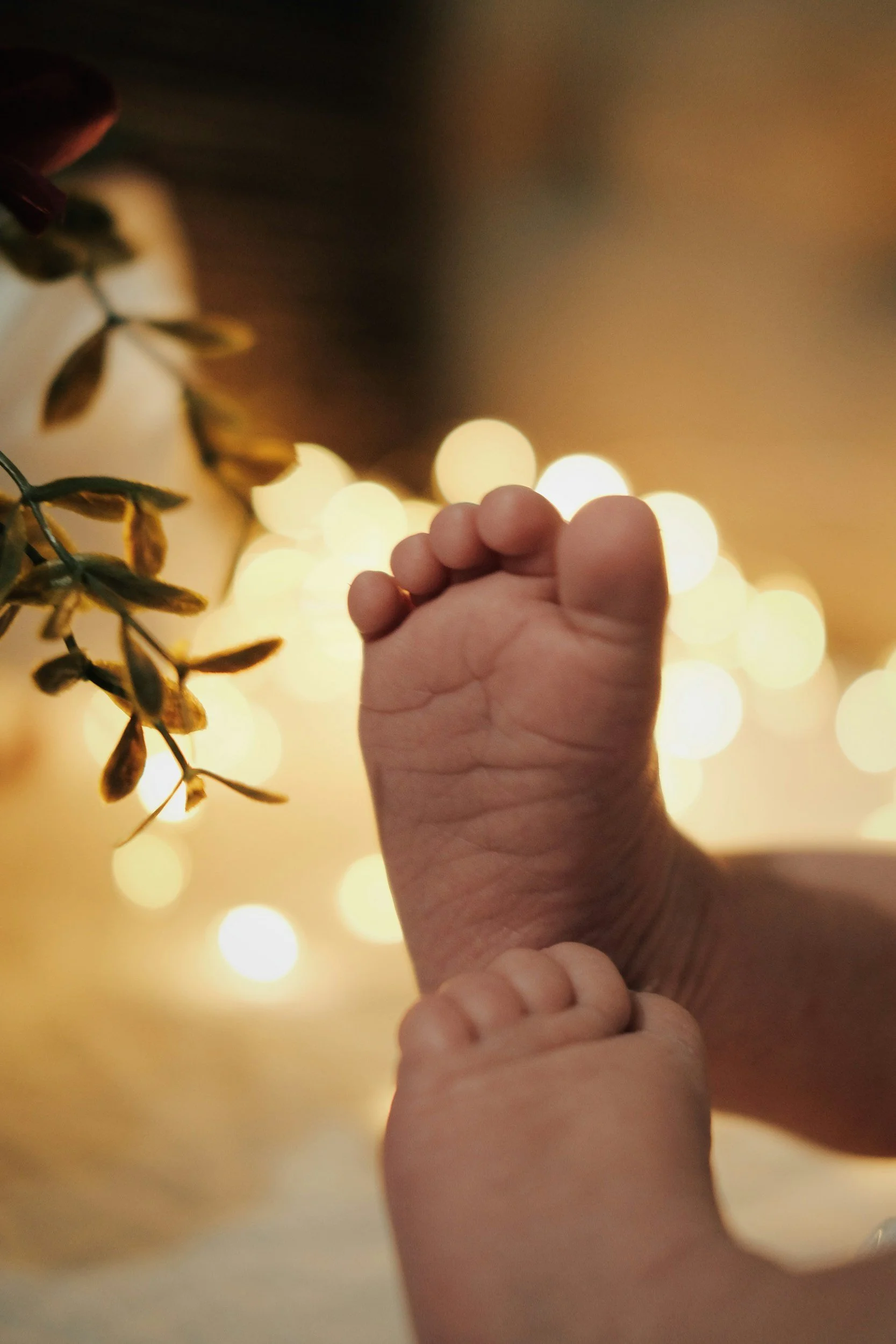
The Rhythms of Birth.
Stages of Labor & Body Wisdom.

Stages of Labor & Body Wisdom.
Click each phase below to learn what your body is doing and what to expect.
Your cervix begins softening and thinning. Contractions may be irregular and mild. This is a good time to rest, nourish yourself, and settle into the rhythm. Hormones like oxytocin and prostaglandins are beginning to rise.
Contractions become longer, stronger, and closer together. The cervix dilates more rapidly. This is when many choose to go to their birth space. You may feel more focused, inward, and in need of physical and emotional support.
This is often the most intense phase—contractions may feel overwhelming, and you may experience shaking, nausea, or emotional release. The cervix finishes dilating, and adrenaline may spike as your body prepares to push.
You feel the urge to bear down as your baby moves through the birth canal. Endorphins and oxytocin peak. This stage ends with your baby being born into the world—guided by your strength, breath, and surrender.
After birth, your uterus continues to contract to release the placenta. This is often accompanied by bonding hormones and a natural flood of relief. Skin-to-skin and nursing can help stimulate uterine tone and prevent excessive bleeding.
The first hour after birth is sacred. This is a time for skin-to-skin contact, breastfeeding, and hormonal imprinting. Your body is still actively working—contracting, bonding, and beginning to heal. Stay close, warm, and supported.
A visual guide to the widening pelvis, cervical dilation, and your baby’s movement through the birth canal.
Your pelvic joints and ligaments shift and widen to make space as your baby descends.
Your cervix opens from 0 to 10 cm as labor progresses, guided by contractions and hormones.
Your baby rotates and curls into an optimal position to move down through your pelvis during labor.
As baby moves downward from Station -3 to +3, you’re progressing toward birth with every push and surge.
Understanding what your body is doing during labor isn’t just about facts—it’s about trust. When you see how your pelvis moves, how your cervix opens, how your baby finds their way… you begin to remember what your body has always known.
You are not broken. You are not behind. You are powerful, intuitive, and already doing it.
Warmly,
Your doula, Jacqueline